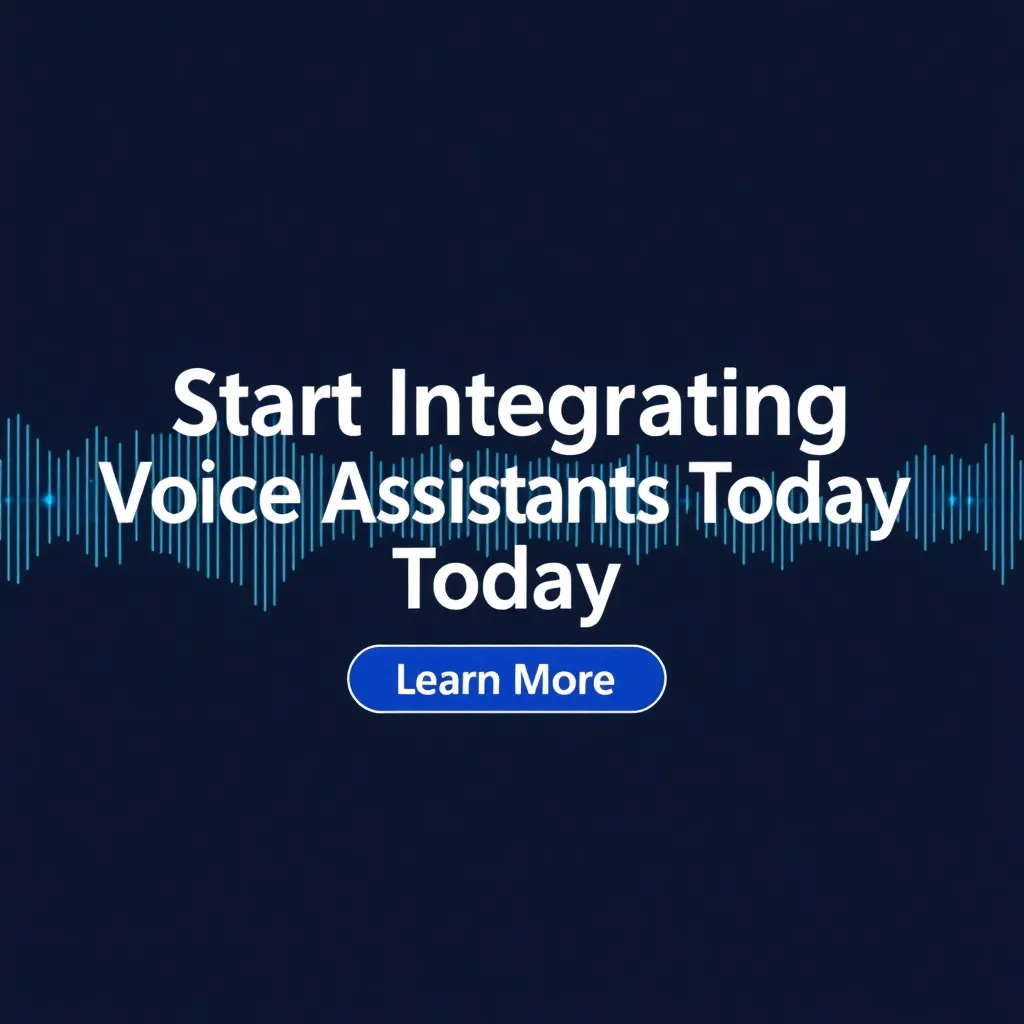Voice assistants are revolutionizing how users interact with websites and apps. From improving accessibility to enhancing user experience, integrating a voice assistant can make your digital platform more intuitive, engaging, and efficient. In this comprehensive guide, we’ll walk you through the steps of integrating a voice assistant into your website or app.
Why Integrate a Voice Assistant?
Before we dive into the integration process, let’s explore why you should consider adding a voice assistant to your website or app. Voice assistants can:
- Enhance user experience: Make navigation and interaction smoother for users who prefer voice commands over traditional typing.
- Boost accessibility: Offer hands-free interaction for users with disabilities or those unable to use touch-based interfaces.
- Increase engagement: Provide an interactive and personalized experience that keeps users engaged for longer periods.
- Drive conversions: Voice assistants can help users find products or services faster, increasing the likelihood of a purchase or conversion.
Step 1: Choose the Right Voice Assistant Platform
The first step in integrating a voice assistant is choosing the right platform. There are several popular voice assistant platforms available, each offering different features and capabilities:
- Google Dialogflow – Best for businesses looking for advanced natural language processing (NLP) and machine learning capabilities.
- Amazon Alexa – Great for building voice-enabled apps and devices, and offers voice commerce capabilities.
- Microsoft Azure Speech Services – A solid choice for enterprise-level integrations and multi-language support.
- Voiset – A versatile, easy-to-use platform perfect for integrating voice assistants into web and mobile apps without heavy coding.
Tip: When choosing a platform, consider the following:
- Ease of integration
- Customization options
- Multilingual support
- Pricing and scalability
Step 2: Prepare Your Website or App for Voice Integration
Before you start coding, you need to prepare your website or app for voice assistant integration. Here are some key steps:
- Check compatibility: Ensure your website or app is ready to handle voice inputs. This may involve ensuring your backend is capable of processing voice data.
- Determine user intent: Map out common queries and actions that users may want to perform via voice. This will guide your voice assistant’s responses and flow.
- Optimize your user interface (UI): Make sure the voice input option is clearly visible and accessible. You might want to add a microphone icon or a “Start Voice Command” button.
Step 3: Integrate the Voice Assistant API or SDK
Now, it’s time to integrate the voice assistant into your platform. Depending on the platform you’ve chosen, the process will vary, but here are some general steps:
- Obtain API keys or SDK: Most platforms like Google Dialogflow, Amazon Alexa, and Voiset provide APIs or SDKs to help with the integration. You’ll need to sign up for an account and get the necessary keys.
- Set up voice recognition: Implement the speech-to-text functionality to allow the assistant to understand voice inputs. This is a crucial step in making your assistant work effectively.
- Train the assistant: Define the common commands and responses for your voice assistant. For example, you might train it to understand commands like “Find products,” “Track my order,” or “Give me a recommendation.”
Step 4: Test the Voice Assistant
Once your assistant is integrated, it’s crucial to test its functionality. Testing will ensure that the voice assistant responds accurately to user commands and provides relevant answers. Here’s how you can test:
- Test common use cases: Try various commands that users may give, like searching for products, asking for customer support, or checking order status.
- Check for errors: Ensure the assistant can handle unclear or unexpected commands without breaking the flow. If the assistant cannot understand a command, it should be able to ask for clarification.
- Perform usability tests: Ask real users to interact with the voice assistant and gather feedback on its functionality and user experience.
Tip: It’s essential to iterate on feedback and improve the voice assistant’s capabilities based on real-world usage.
Step 5: Optimize for SEO and Voice Search
Once your voice assistant is up and running, it’s time to focus on voice search optimization. Since voice assistants often perform voice searches for users, you’ll want to make sure your website is optimized for voice search queries.
- Use conversational keywords: People tend to speak differently than they type. Focus on long-tail keywords and natural language.
- Add structured data: Use schema markup to help voice assistants better understand your content and present it in search results.
- Optimize for local search: Since many voice searches are location-based, make sure your website includes accurate local SEO information.
Step 6: Monitor and Improve the Assistant’s Performance
Once your voice assistant is live, don’t just set it and forget it. Continuously monitor its performance to ensure it’s providing value to users. Use analytics to track user interactions, identify areas for improvement, and make updates accordingly.
Some areas to track:
- Usage patterns: How often are users interacting with the voice assistant?
- Response accuracy: How accurate are the responses provided by the assistant?
- User satisfaction: Are users finding the voice assistant helpful, or do they need more features?
Conclusion: The Future of Voice Assistants
Integrating a voice assistant into your website or app is no longer just a futuristic idea—it’s an essential part of modern user experience. By following the steps in this guide, you can easily add voice functionality to your platform, improving user engagement, accessibility, and customer satisfaction. The future is voice-driven, and now is the time to get started.




